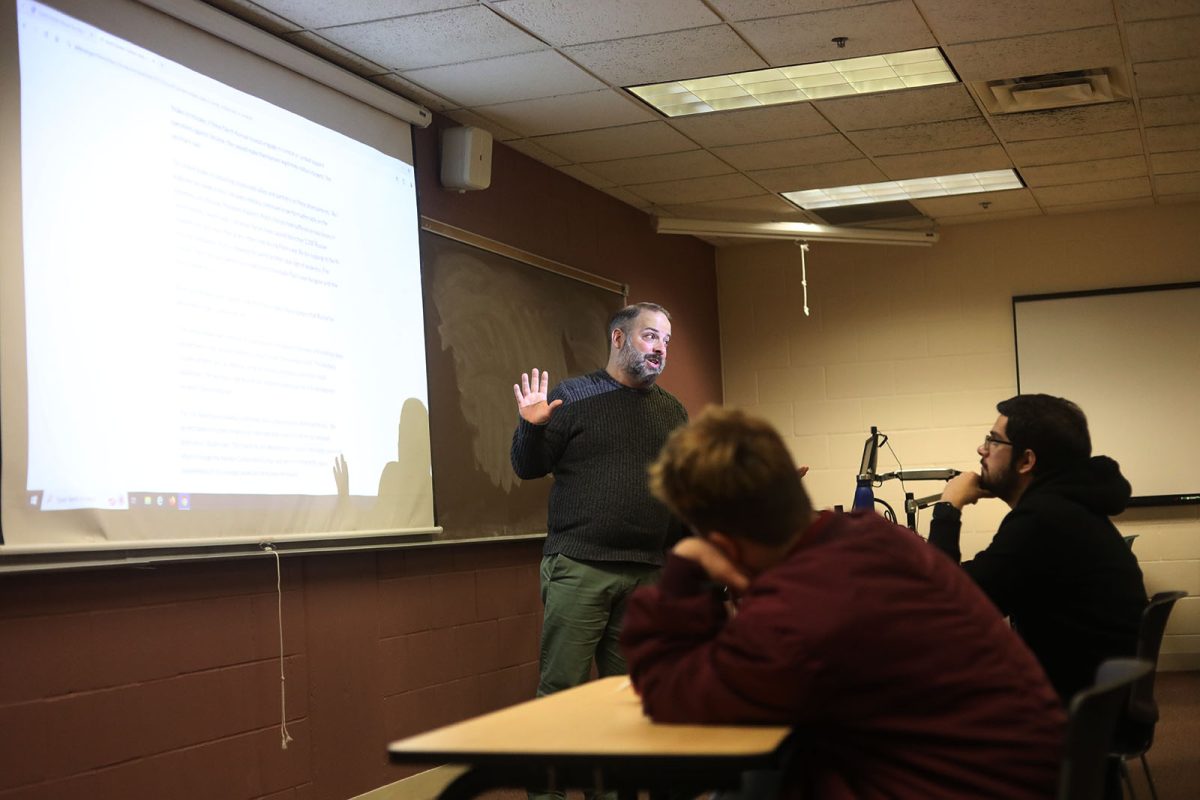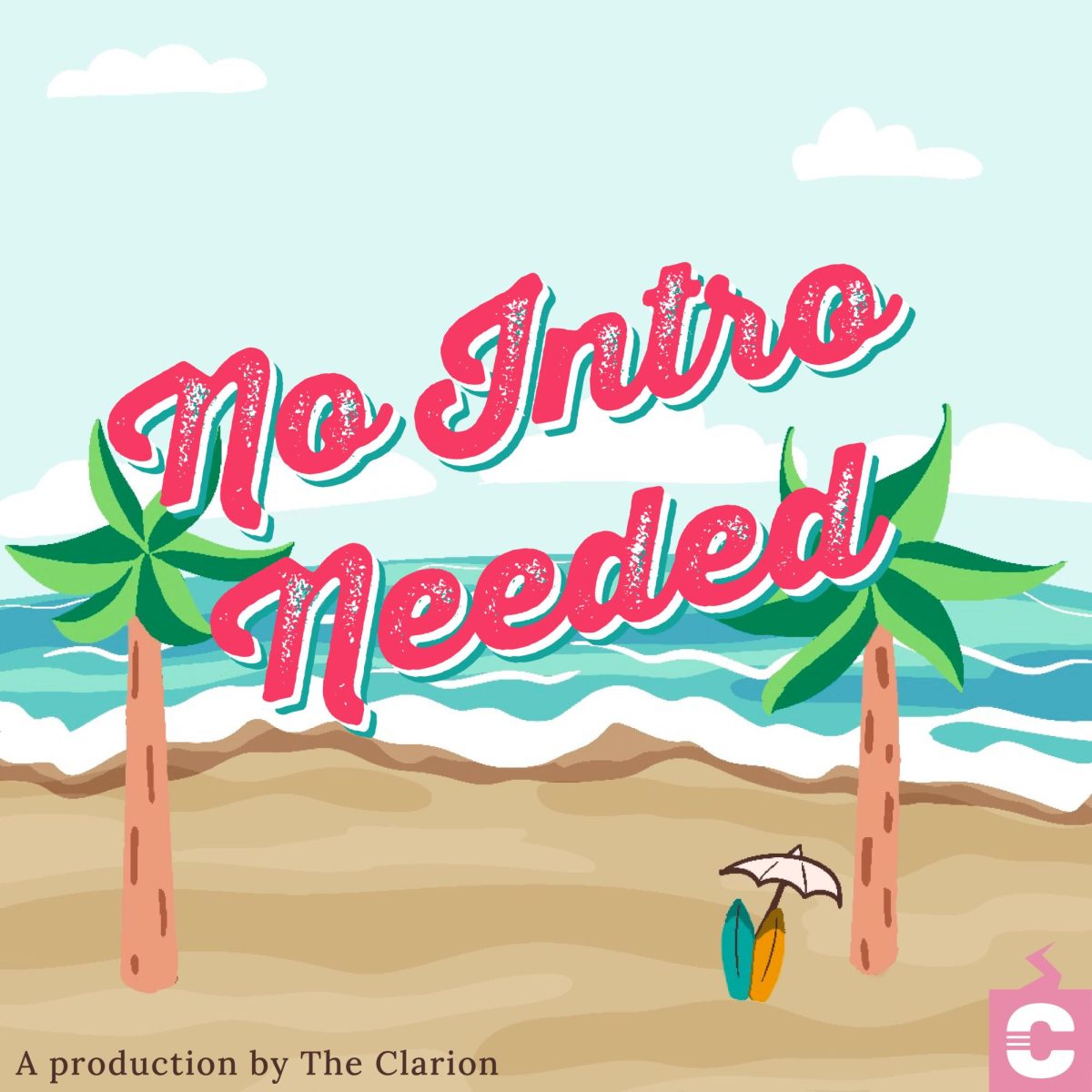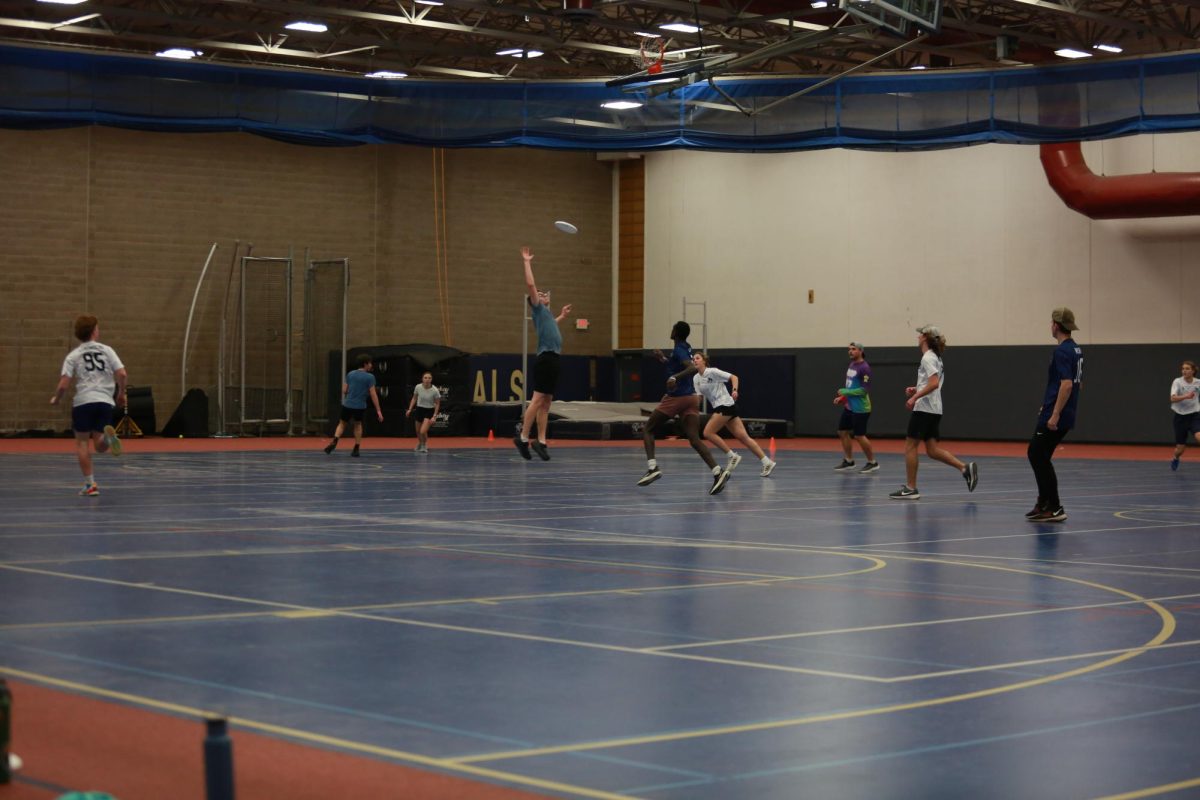Environmental science director sheds light on the safety of Lake Valentine.
Callie Schmidt and CeCe Gaines | News Reporters
The dock into Lake Valentine is used as a viewing place for sunsets. It’s used as a spot for deep talks. But the dock is almost never used as a dock should be used: for boating and swimming. As featured by one of the video clips in Welcome Week’s The Show, many students believe the lake is unsafe. However, according to biology and environmental science professor Ken Petersen, Lake Valentine is ecologically and biologically safe and relatively clean.
“I wouldn’t call it dirty or dangerous,” Petersen said.
Some lakes contain algae that release toxins and cause skin irritations, but this has never been a problem for Lake Valentine. The water is murky due to what is growing in the lake: various species of plants and microscopic organisms, which are not uncommon for lakes.
There are pollutants present in Lake Valentine due to runoff from the Community Life Center lawn and the stream under the bridge, which cause salts, oils, fertilizer, pesticides and herbicides to run into Lake Valentine. The natural vegetative border helps protect the water quality from the runoff. Though some students have suggested cutting the vegetation to make room for a beach, this would compromise the water quality and allow more pollutants into the lake.
Admissions Guest Center Coordinator Kate Bjorklund admits that, while it would be fun to have canoes and kayaks out on the lake, this is not allowed out of respect for the biology and chemistry departments.
According to Petersen, the biology department does not want people to swim in the lake. This is not because it is dangerous, but because they want to preserve the lake’s natural ecosystem and leave it as untouched by humans as possible. The only exception: if you’re taking one of the department’s classes that canoes out on the lake to study the organisms.
Lake Valentine is not equipped with a boat launch, so outside of class, boats are not on the lake. As a result, pollutants are not being transported from lake to lake by boat. However, when the lake freezes some people go ice fishing and non-native pollutants could be introduced to the lake.
Petersen has a relatively positive prediction of the lake’s health in coming years.
“As long as there’s not some radical upheaval in the places that feed water into the lake, it’s probably going to stay fairly similar to what it is now,” he said. “Over a long period of time maybe 20, 30 [or] 50 years, we’ll see a gradual decline in water quality.”


















